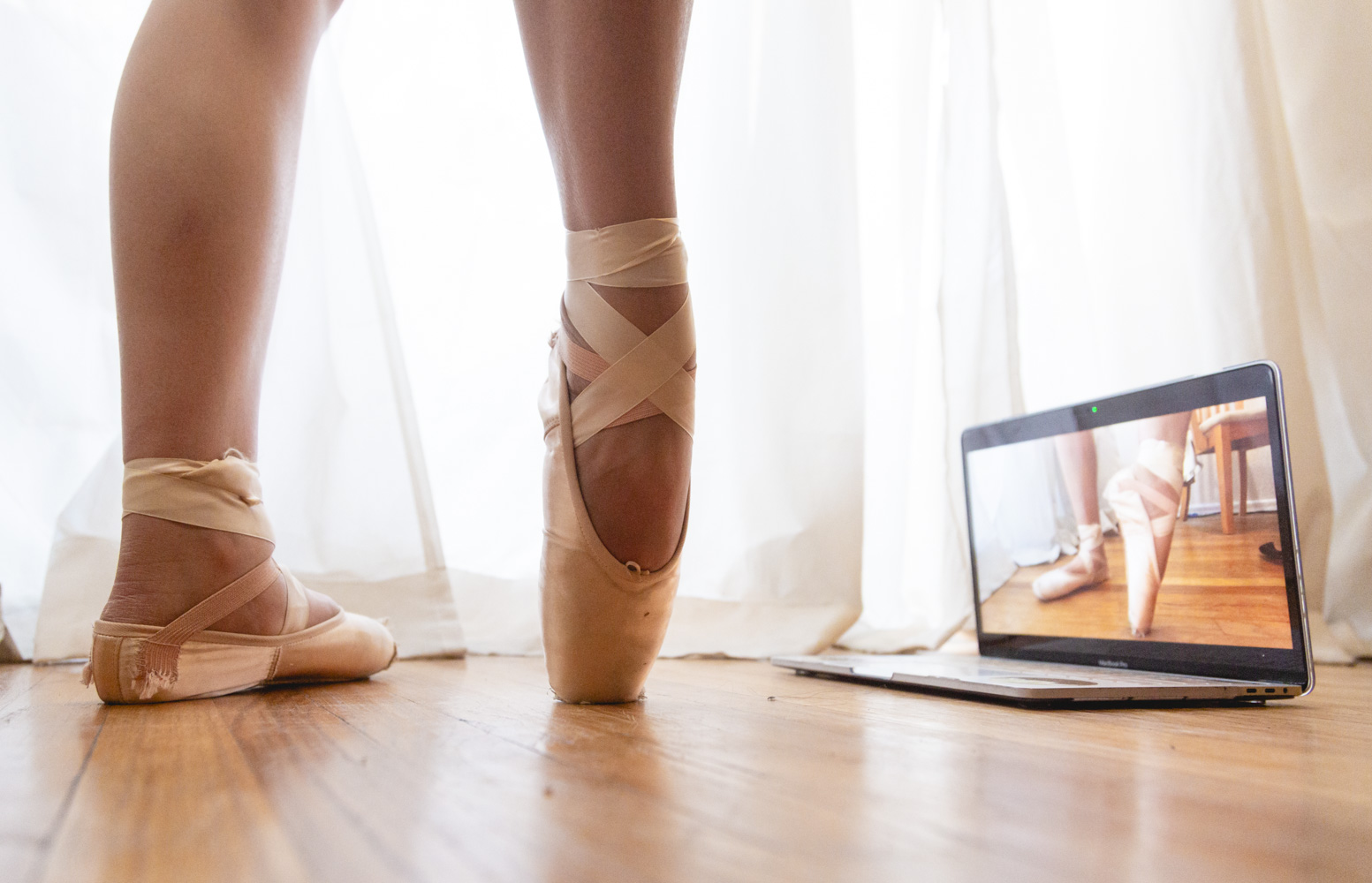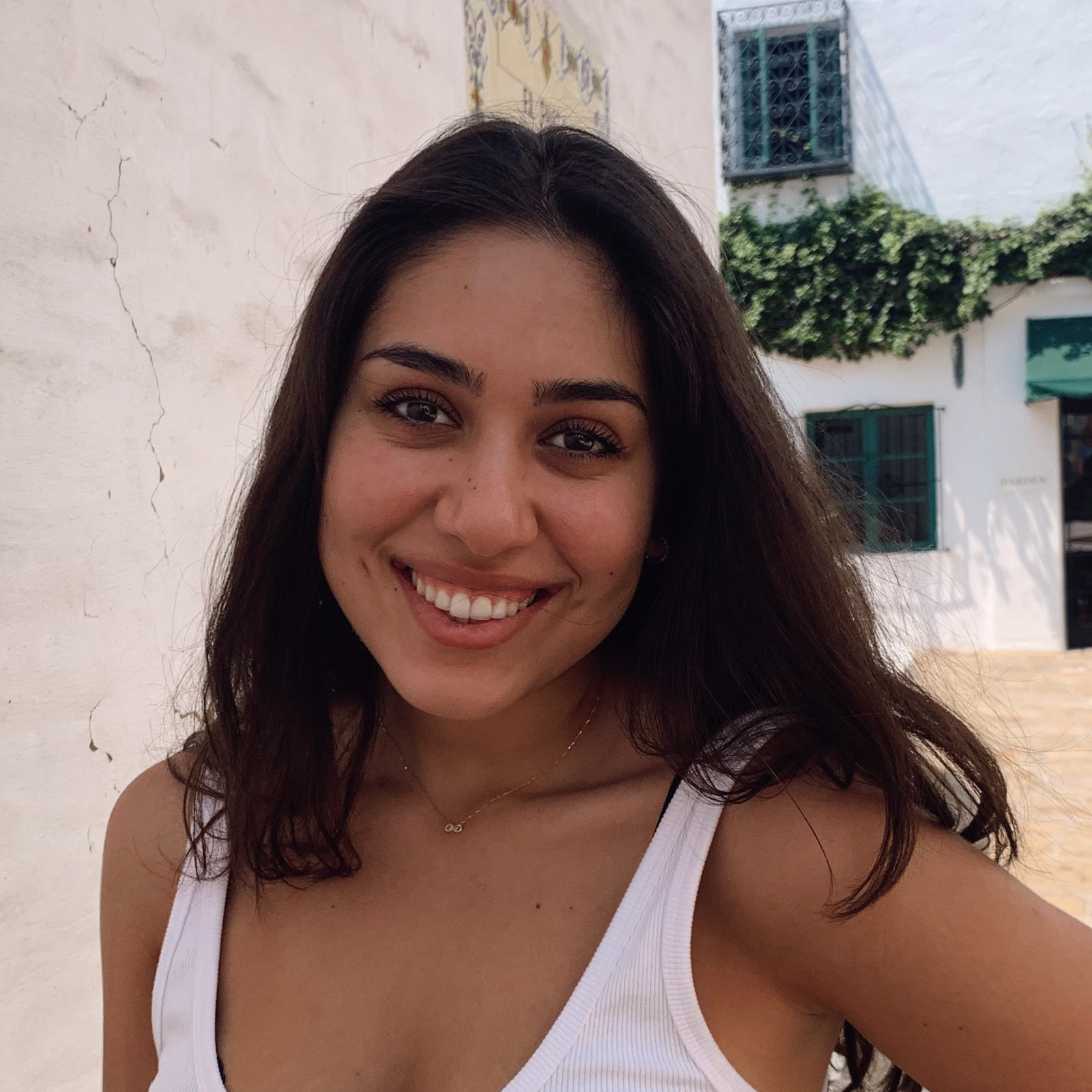Dance students adjust to curriculum changes, self-accountability of online learning

Dance students are adjusting to virtual classes and a new curriculum that accommodates the space each dancer has. Members of the tightknit community said they have found each other’s support to be invaluable during this time. (Amy Dixon/Daily Bruin senior staff)

By Yasmin Madjidi
May 7, 2020 3:48 p.m.
Online learning for dance students has not quite been en pointe.
The switch to virtual classes has left dance students searching for ideal spaces to move, relying on self-accountability to stay motivated, said third-year dance student Justin Gamboa. Although professors have adapted their course materials to mold to the spaces each dancer has available to them through increased journaling and posting the dances online ahead of class, Gamboa said it has been difficult to get an individualized experience. He said he chose to stay enrolled this quarter because the close community within the dance program provides support during this stressful time of uncertainty.
“The community is very tightknit,” Gamboa said. “(The professors) are good at keeping our emotional and mental health in mind.”
Gamboa said since he is a resident assistant on the Hill, he has been using his floor’s lounge as a makeshift dance studio for his classes. Most of his courses are not too demanding in regard to the space required as many focus on his own research and discovery through improvisation, he said. To keep up with the course material, Gamboa said each dancer performs movements differently because they have to cater to the smaller spaces available to them compared to the large, mirrored dance studios of Glorya Kaufman Hall.
[Related: Event to showcase student skills through art exhibit, performative dances]
Using art as a stabilizer, Gamboa said he is mostly struggling with the battle between being creatively unmotivated yet having to immerse himself in classes that demand constant movement and energy. Although some of his Zoom dance classes have optional attendance, Gamboa said the dance program’s reliance on self-accountability and exploration rather than traditional techniques is something he has been practicing now more than ever.
“The fact that I get up out of bed and stay in my room the whole day is really hard to deal with,” Gamboa said. “Especially when you are in a course like dance where you need to be moving.”
Virtual instruction also creates a barrier between the dancers and the professor, and Gamboa said students’ application of technical corrections are self-reliant. He said every dancer is responsible for the progression of their own technique, especially because there is no real way for professors to know if dancers are implementing their critiques. In Gamboa’s case, he said he is focusing inward to feel even the smallest movements in his body during his classes such as Dance 160: “Topics in Body Mechanics: Alexander Technique and Practice of Performance,” which aims to release unnecessary tension.
“It depends on what kind of technique you are striving for,” Gamboa said. “Developing the mental technique of discipline and being able to explore different ideas is something people are expanding on during this time.”
Despite returning home this quarter, third-year dance and psychobiology student Ally Wade said the modifications professors give out, such as having several variations for every combination, allow her to fully navigate her smaller space. For her floor work class, she said she uses her kitchen because the hardwood is more slippery and better suited for the movements. As for matching dances to her available space, Wade said directionality and spatial awareness are the most crucial and particular changes that dancers make during class, as movements can be adapted to fit the depth and length of each student’s space.
“We have to make online modifications on ourselves as we move, which is a new experience,” Wade said. “Rather than navigating space with other dancers, we have to navigate the space with inanimate objects but still keep moving.”
[Related: Graduate student invites audience interaction in her 6-hour dance performance]
With faculty also navigating online instruction, Adjunct Professor Ros Warby, who teaches the Dance 160 course, said the learning process has shifted drastically from a hands-on relationship with her students to relying solely on dialogue. Warby said she uses a model skeleton to demonstrate the mechanics of the body, which is essential in learning to relax the body in Alexander Technique.
Her dancers are all able to physically participate during Zoom lectures, and Warby said she has restructured her course to focus more on anatomical information and image-based learning, gradually shifting to dances with smaller movements. She said this allows the dancers to familiarize themselves with the Alexander style before integrating the movements in their minimal spaces.
“We are unfortunately not getting the opportunity to practice what we are learning,” Warby said. “We are focusing the next half of the course on small dances and trying to integrate the information through a dance that is smaller, subtler and can be contained in the space available.”
Since Gamboa is currently void of physical interactions with other dancers, he said he is most looking forward to getting back to the connections and community fostered within the dance program. In the meantime, however, he said the reassuring nature of the professors and his own dedication to his craft will help him through this trying, difficult quarter of virtual dance instruction.
“There was a lot of stress to perform well, especially if I was going to be struggling,” Gamboa said. “But I have my faith in the dance program. I know the dance faculty are on our side and care about us a lot, which takes a lot of weight from me.”

